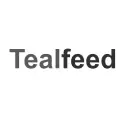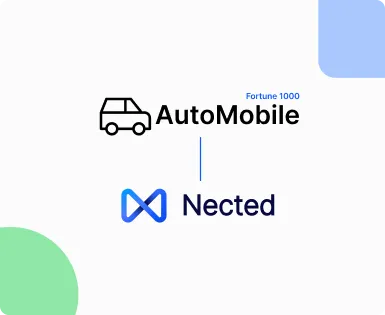Problem Statement
A global automobile conglomerate struggled to maintain accurate, up-to-date On-Road Pricing (ORP) across India’s diverse regions and rapidly changing tax environments. Each state and territory levied distinct charges—from road tax and registration fees to city-specific levies—forcing the business teams to rely on developers to implement every pricing rule update. This led to:
- Delayed Updates: Managing an extensive catalog of regional taxes and fees caused release cycles to stretch from days to weeks.
- High Risk of Data Inconsistencies: Manual inputs and patchwork data integrations introduced errors in final on-road price calculations.
- Inefficient Tech Utilization: Core development resources were consumed by repetitive tax-related updates, reducing time for product innovations.
- Limited Scalability: Expansion into new markets or introduction of promotional campaigns required significant developer effort to reconfigure ORP rules.
Because of these bottlenecks, the company found itself unable to rapidly respond to shifting local regulations, competitor pricing, or promotional opportunities, impacting revenue growth and market share.
Solution
The automobile conglomerate partnered with Nected to transform its ORP management strategy, leveraging Nected’s low-code/no-code rule engine and data-driven workflow automation. The key components included:
1. Centralized and Automated Data Aggregation
- Unified Taxation Datasets: All region-specific tax slabs, registration charges, and fee structures were consolidated into a single, reliable database within Nected.
- Real-Time Sync: API-driven integrations automatically fetched the latest tax policies from government portals and third-party data providers, ensuring continuous ORP accuracy.
- Data Validation Checks: Built-in data validation rules flagged anomalies or incomplete entries before finalizing updates.
2. Dynamic On-Road Pricing Rules
- Decision Table Logic: Complex taxation rules were translated into user-friendly, no-code decision tables, allowing business teams to adapt and publish new pricing models quickly.
- Formula-Based Calculations: Nected’s robust formula editor handled everything from basic tax calculations to advanced margin and discount algorithms, guaranteeing a 0% error rate.
- Regional Overrides: State-by-state and even city-specific overrides were embedded, ensuring hyper-local accuracy for each SKU (vehicle model/variant).
3. Automated ORP Workflow
- Approval Routing: New ORP rules or tax updates triggered automated approval chains—including finance, legal, and operations—for faster go-to-market readiness.
- Role-Based Access Control: Ensured that only authorized personnel could modify tax structures or discount rules, maintaining data integrity and compliance.
- Real-Time Alerts: Nected automatically notified relevant stakeholders when critical thresholds—such as profit margins or compliance limits—were surpassed.
4. Self-Service for Business Teams
- No-Code Configuration: Non-technical teams gained the ability to create, edit, and deploy new ORP rules, drastically reducing dependence on development resources.
- Iterative Testing & Simulations: Business analysts could run “what-if” scenarios to gauge the impact of upcoming tax changes or promotional offers, accelerating decision-making.
- Version Control & Audit Trails: Every ORP rule update and workflow revision was timestamped and logged, simplifying audits and compliance reporting.
5. Secure, Self-Hosted Deployment
- Data Sovereignty: The conglomerate’s sensitive pricing and taxation data were kept within a secure, self-hosted environment, meeting stringent compliance requirements.
- Enterprise-Grade Security: Role-based authentication, encryption at rest, and automated backups assured continuous protection of financial and operational data.
- Regulatory Compliance: Deployed in alignment with local data governance and automotive industry standards, easing concerns around data privacy and audit readiness.


.svg)



.svg)
.svg)









%201.svg)
%201.svg)

.webp)


.webp)

.webp)















.webp)

.webp)
.webp)


.webp)

.webp)
.webp)
.svg)

.webp)
.webp)
(2)201.webp.webp)
.webp)
(2)201.webp%20(1).webp)



%20(2).webp)
.webp)
.webp)
.webp)
.webp)



%20(1).webp)
